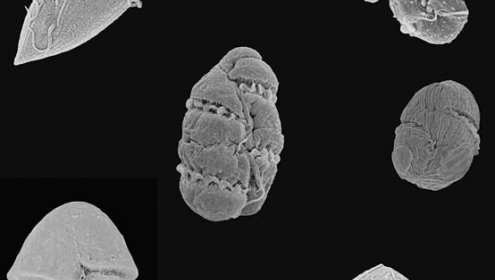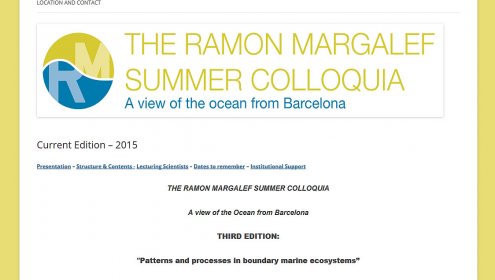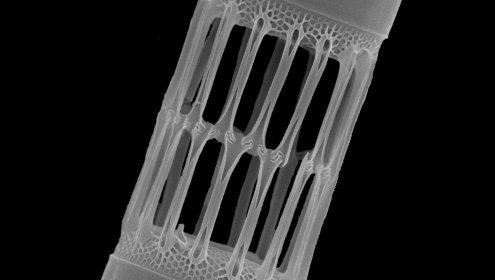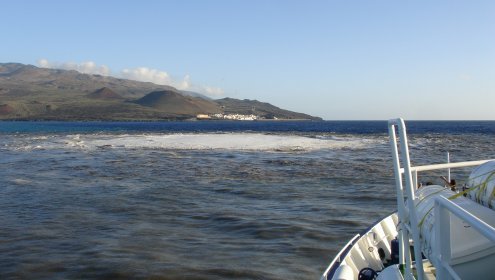LATEST TOPICS
Scientific news
The international expedition Tara Oceans took place between 2009 and 2013, with more than a hundred scientists from 31 countries and laboratories, and an ambitious task: studying the plankton from marine ecosystems, not only to identify the microorganisms that compose the plankton but to understand how these microorganisms interact with each other and with the environment. The expedition team circumnavigated the planet and collected near 35.000 samples in different oceans at different seasons.
The diversity and phylogeny of dinoflagellates belonging to the Gymnodiniales were studied during a 3-year period at several coastal stations along the Catalan coast (NW Mediterranean) by combining analyses of their morphological features with rDNA sequencing.
The study, led by Albert Reñé, describe for the first time how many species of microalgae Gymnodiniales live on the Catalan coast.Third edition of the Ramon Margalef Summer Colloquia will be carried out from 6th to 10th July 2015 at the Marine Sciences Institute in Barcelona, with the topic “Patterns and processes in boundary marine ecosystems”.
Addressed to advanced doctoral students and recent PhDs, the Colloquia will include theoretical and practical activities, all around this central topic, as well as group discussion sessions.
Every day marine microalgae called diatoms take up 70 million tons of inorganic carbon from seawater to produce organic matter, a part of which sinks out into the deep ocean and sediments. This mechanism known as the oceanic biological pump reduces the concentration of carbon dioxide in the atmosphere as it diffuses into the upper ocean to compensate for the loss of sinking carbon. Over the last 40 million years continental erosion has increased the strength of the biological pump by stimulating the growth of marine diatoms.
At the Environmental Centre of Marine and Environmental Research (CMIMA) we celebrate today that our Centre, formed by the Institute of Marine Sciences (ICM) and the Marine Technology Unit (UTM) has reached 4000 entries in Digital.CSIC, the institutional repository of the Consejo Superior de Investigaciones Científicas, which objective is to organize, archive, preserve and communicate in open access the intelectual production resulting from the CSIC research activity.
In October 2011 took place the first submarine volcanic eruption in the last 500 yrs. of the volcanological history of the Canary Islands. The El Hierro island submarine volcano emitted to the ocean a large quantity of earth mantle materials as well as gases and heat that perturbed significantly the physicochemical properties of the waters surrounding the island.



